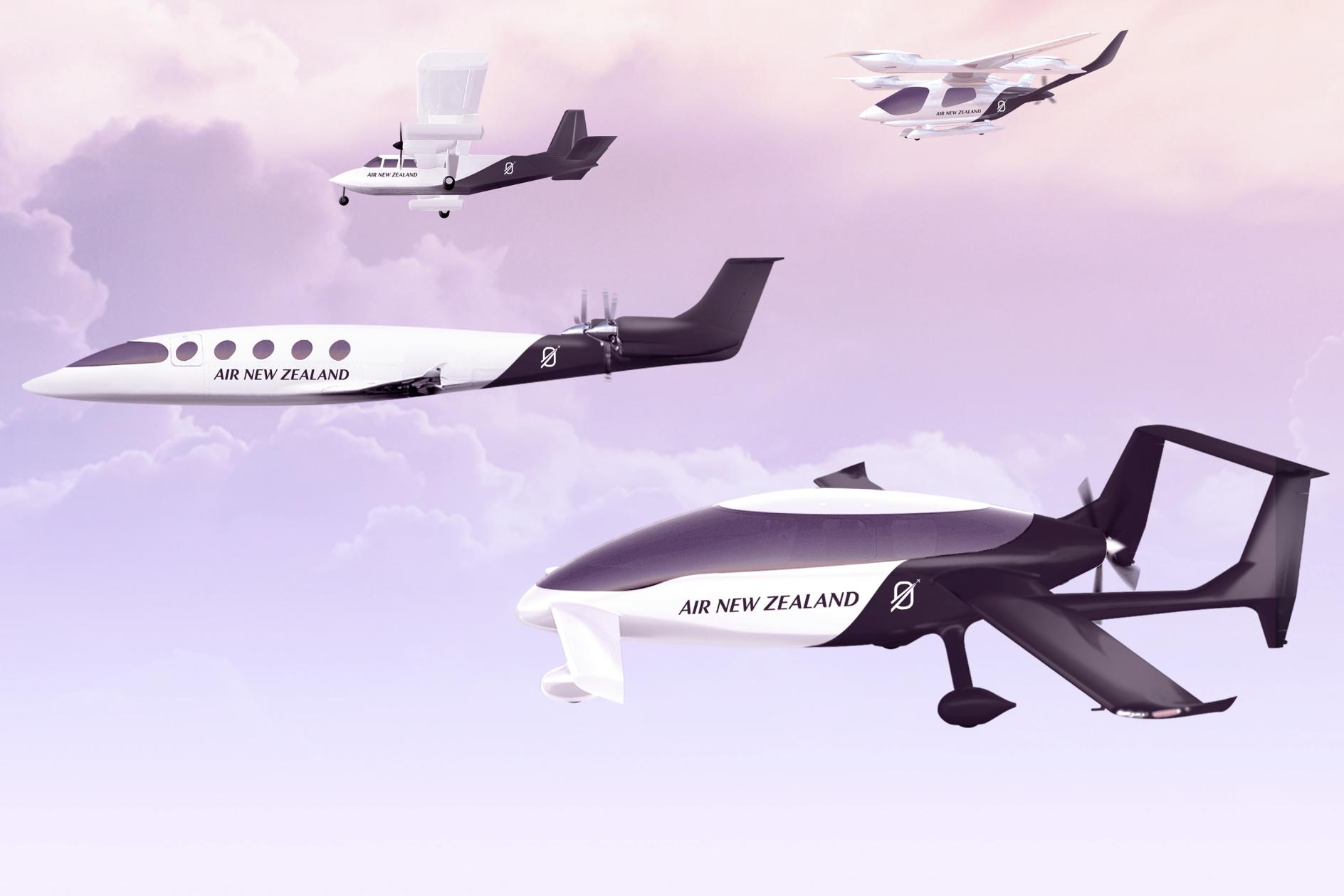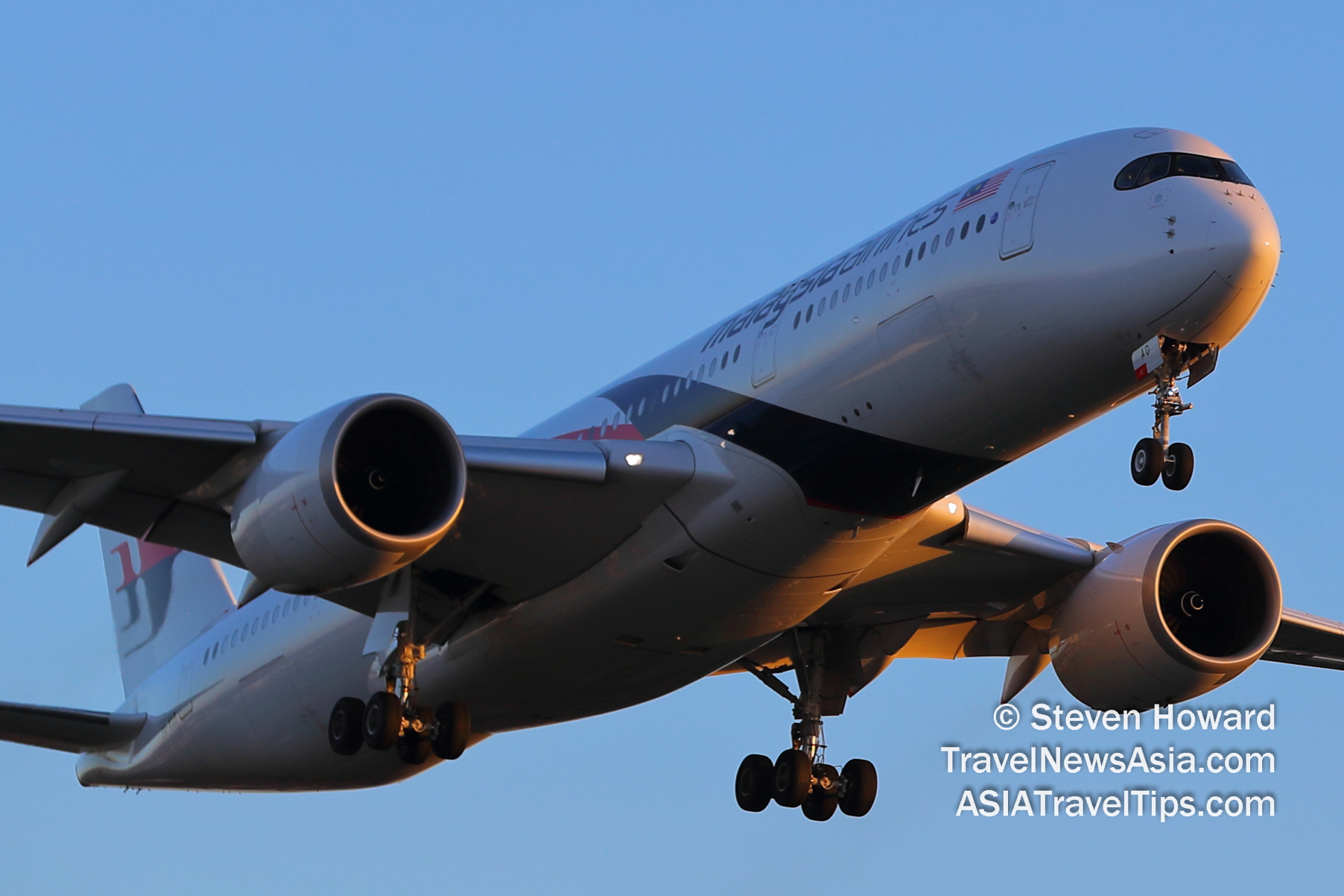Air New Zealand has named the four companies
that it has chosen to work with to achieve its mission of
having its first zero emissions demonstrator flight, either cargo
or passenger, take to the skies from 2026.
Using a combination of electric, green hydrogen and
hybrid aircraft, the partners – Eviation, Beta, VoltAero and Cranfield Aerospace
– will work with Air New
Zealand to develop the
required technology and associated infrastructure to make flying
such aircraft in New Zealand a reality.
Air New Zealand has signed
a “statement of intent to order” to acquire three aircraft initially, with
options for a further 20, from one or more of the partners subject to an
evaluation process.
“Mission NextGen Aircraft is not about
backing one innovator. It’s about working with a range of leaders
in zero emissions aircraft technology to help move the whole
ecosystem along. Our goal is to confirm our commitment with one or
more of these partners in the next 12 months with the ambition of
purchasing an aircraft for delivery from 2026,” said Air New Zealand Chief Executive Officer Greg Foran. “The learnings we will take from flying an
aircraft with next generation propulsion technology from 2026 will
then pave the way for our long-term partners to deliver an
aircraft that can replace our Q300 turboprop domestic fleet. Getting a zero emissions aircraft off the ground
by 2026 is going to be challenging. But we’re incredibly ambitious
– because we need to be.”
To further understand the infrastructure required
to fly green-hydrogen aircraft, the airline has also signed a
strategic alliance agreement with Hiringa Energy, a New Zealand-based green-hydrogen supply and refueling infrastructure company.
“While the aircraft play a pivotal role,
infrastructure partners are just as important. Through this
agreement we will explore the future green hydrogen supply
solutions for our commercial demonstrator ambitions with a focus
on ensuring any solutions we create to meet our 2026 goal are also
building a platform for a larger next generation fleet from the
2030’s,” Foran added.




